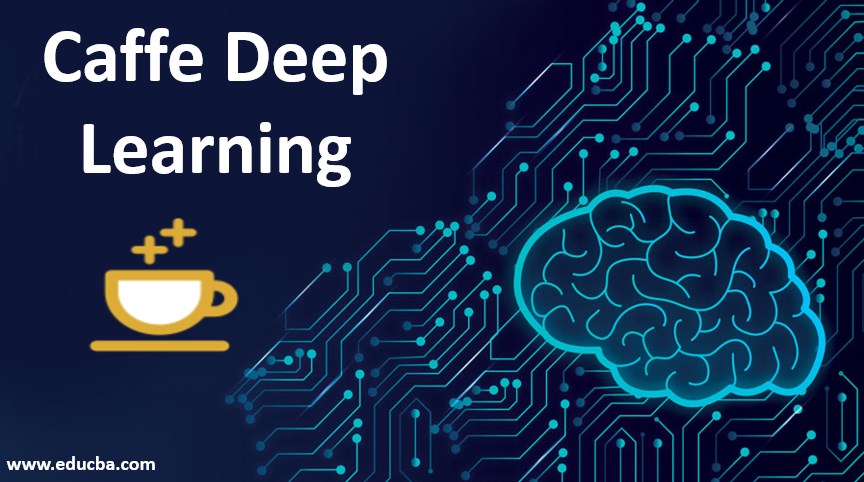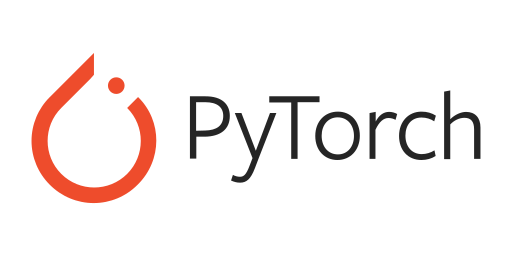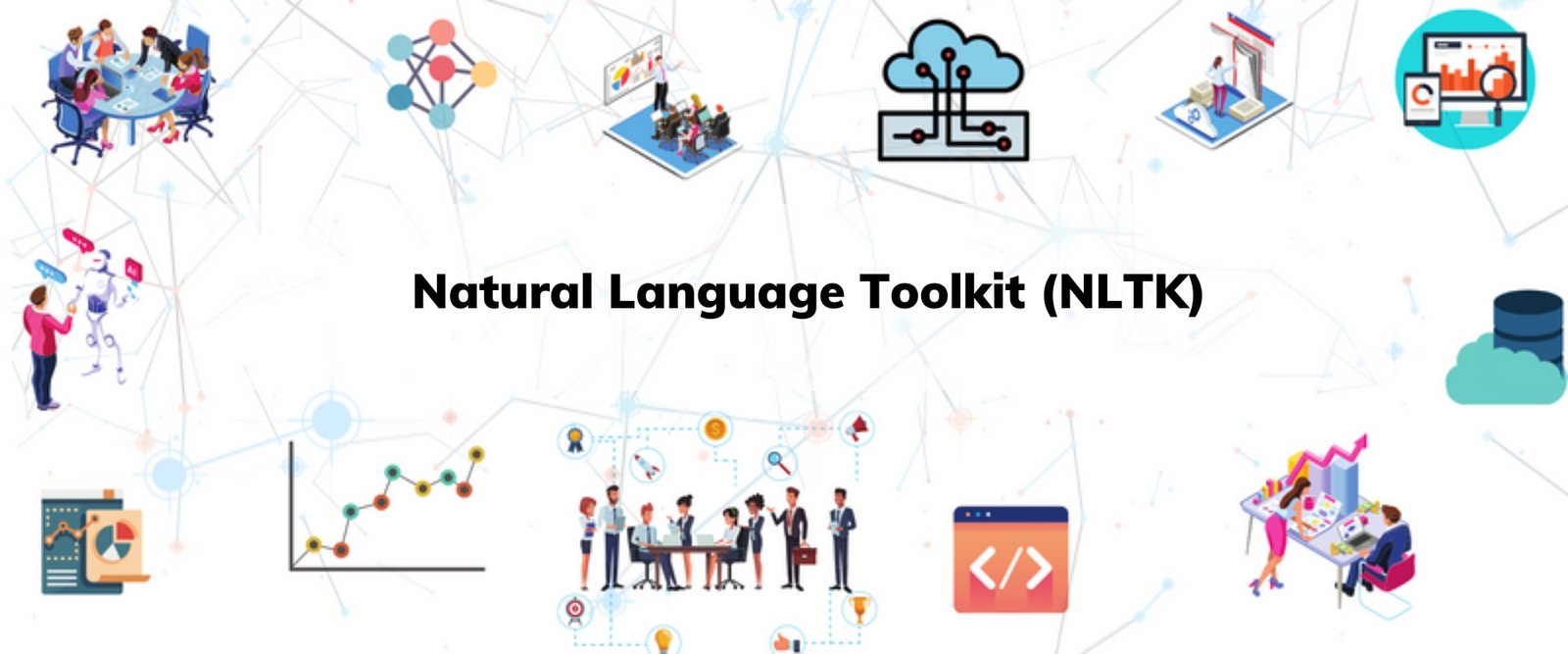8 best Linux apps for artificial intelligence
Last Updated on May 21, 2024 by Jhonni Jets
Artificial intelligence (AI) is one of the most exciting areas of technology today. Linux is a powerful platform for AI development and deployment. This article highlights 10 of the best Linux apps for artificial intelligence across different categories like machine learning, deep learning, computer vision, natural language processing and more.
Artificial intelligence is advancing rapidly and transforming industries. Whether it’s analyzing medical images to aid diagnosis, powering recommendations on online platforms or automating repetitive tasks, AI solutions are becoming ubiquitous. Linux is an extremely popular operating system for AI work owing to its flexibility, security and wide range of open source tools. It is the development platform of choice for many AI researchers and practitioners. This article covers some of the most useful AI applications available for Linux across different domains like machine learning, deep learning, computer vision, natural language processing etc. The selected apps are free, open source and widely adopted in both academic and industrial settings.
TensorFlow

TensorFlow is an end-to-end open source platform for machine learning across different frameworks. Developed by Google, it is one of the most widely used tools for deep learning and artificial neural networks. TensorFlow can run on Windows, MacOS and Linux. It provides stable Python and C++ APIs for building machine learning models. Some key features of TensorFlow for Linux include – support for distributed training on multiple GPUs/TPUs, automatic differentiation to compute gradients, tools for model deployment and much more. It is extremely flexible and can be used to build models for image recognition, natural language processing, recommender systems and various other applications. TensorFlow has a large developer community with extensive online documentation and resources.
Scikit-learn

Scikit-learn is a simple and efficient tool for predictive data analysis and data mining tasks in Python. As the most popular machine learning library for Python, it supports powerful algorithms like linear regression, classification, clustering, dimensionality reduction, model selection and preprocessing. Scikit-learn provides APIs in Python and can be easily installed on Linux. It has low barriers of entry and allows quick prototyping and testing of algorithms. Some useful features include cross-validation, grid search, preprocessing tools and visualization utilities. Scikit-learn models can easily be saved, loaded and also exported as Python code for deployment. It enjoys extensive usage in both academic and industrial machine learning projects. Being open source, it has a very active developer community and ongoing support.
Keras

Keras is a high-level neural network API capable of running on top of TensorFlow, CNTK, or Theano. It provides easy-to-use yet flexible tools for building and training deep learning models. Keras can be considered an interface for these popular deep learning frameworks. It provides additional features like convolutional layers, recurrent layers, dropout, batch normalization etc. Keras makes developing deep learning models very simple with Python syntax. Models can be built layer-by-layer and trained using flexible callbacks and optimizers. Keras also supports saving, loading and stacking models for transfer learning. It has strong community support and is used extensively in academic deep learning research as well as industrial applications across domains like computer vision, NLP etc. Keras runs seamlessly on Linux and is one of the top choices for deep learning development on this platform.
Caffe

Caffe is a popular deep learning framework developed by Berkeley AI Research (BAIR). While it supports Windows and MacOS, Caffe truly shines on Linux due to its optimized implementation for GPU acceleration. Caffe models can be trained on multiple GPUs via data parallelism for faster performance. It has a simple architecture inspired by convolutional neural networks and supports various deep learning primitives like convolution, pooling, LRNs, dropout etc. Caffe provides mature Python and MATLAB APIs and works seamlessly with NVIDIA cuDNN to maximize training throughput. Models are specified using a simple configuration file formalism making Caffe very flexible. The framework is widely used in computer vision research and is incorporated into many other vision projects and APIs. Caffe enjoys an active developer and user community providing help, tutorials and model recipes.
OpenCV

OpenCV (Open Source Computer Vision Library) is a popular open source computer vision and machine learning library used extensively across industries. The C++, Python, Java interfaces and supportive community make OpenCV easy to use. Being highly optimized for real-time applications, OpenCV is very fast and can process images and video at high speeds. OpenCV comes bundled with over 2500 algorithms for image processing, video analysis, feature extraction, object detection and more. On Linux, it supports GPU processing via CUDA/OpenCL for lightning fast performance. Some key features include facial recognition, object detection via HOG/Haar, image filtering, feature matching, etc. OpenCV allows rapid development of prototype computer vision solutions and powers applications like augmented reality, driverless cars, drones etc. It is one of the most widely adopted tools for computer vision and image processing on Linux.
PyTorch

PyTorch is a popular deep learning framework developed by Facebook’s AI Research lab (FAIR). It is touted for its flexibility and ease of use for deep learning research and engineering. PyTorch provides tensor computation (like NumPy) with strong GPU acceleration. It also provides modules, nonlinearities and optimization algorithms to build neural networks and train them. PyTorch models can be deployed to C++, CUDA and elsewhere using ONNX runtime. It provides dynamic computational graphs and offers good support for computer vision and NLP with packages for object detection, segmentation etc. PyTorch runs seamlessly on Linux and supports distributed computing via MPI, suggesting it as a suitable framework for industrial applications too. Key strengths of PyTorch include integration with Python, flexibility to experiment, good documentation and strong community support. Overall, it is hands down one of the most popular deep learning options for Linux users currently.
Kitti
KITTI is a benchmark dataset and evaluation tool for autonomous driving. The datasets contain visual data collected from driving around Karlsruhe, Germany along with 3D point clouds captured using laser scanners. KITTI comes with standard splits for training and evaluation. It provides metrics like average accuracy, precision and recall metrics to assess algorithms like object detection, disparity, odometry, optical flow. KITTI stimulates research in important problems like 3D object detection, road segmentation tracking and more. KITTI is frequently used as a benchmark for computer vision algorithms in academic papers. The development and evaluation tools for analyzing algorithm outputs are available in C/C++ and MATLAB on Linux and Windows. KITTI has played a major role in advancing computer vision algorithms for autonomous vehicles through objective evaluation and transparent benchmarking.
Natural Language Toolkit (NLTK)

NLTK is a leading platform for building Python programs to work with human language data. It provides easy-to-use interfaces to over 50 corpora and lexical resources like WordNet, along with a suite of text processing libraries for classification, tokenization, stemming, tagging, parsing, and semantic reasoning. NLTK runs seamlessly on Linux and is well suited for experimentation and research in natural language processing. Some key NLTK features include keyword extraction from text, classification using Naive Bayes, part-of-speech tagging, training machine learning classifiers, analyzing syntactic phrases etc. It also facilitates easy construction of tools like stemmers, semantic reasoners, pipelined processing etc. NLTK has found extensive usage in applications like text classification, summarization, language identification and question answering. Overall, it is extremely helpful for prototyping and developing NLP solutions on Linux.
Conclusion
In conclusion, Linux is an excellent platform for developing and deploying artificial intelligence applications owing to its flexible and customizable nature. The rich open source toolkit featuring world-class options like TensorFlow, PyTorch, Keras, scikit-learn and others makes it ideal for machine learning and deep learning research and engineering. Additionally, domain-specific tools like OpenCV, Caffe and KITTI boost computer vision development while NLTK eases natural language processing tasks. Overall, the powerful combination of Linux and the discussed AI applications provide researchers and developers a robust, scalable and collaborative environment for advances across diverse areas including autonomous vehicles, biomedicine, conversational agents, robotics and more. Given the explosive growth of AI, Linux will surely play a major role driving its innovation and real-world impact going forward.







